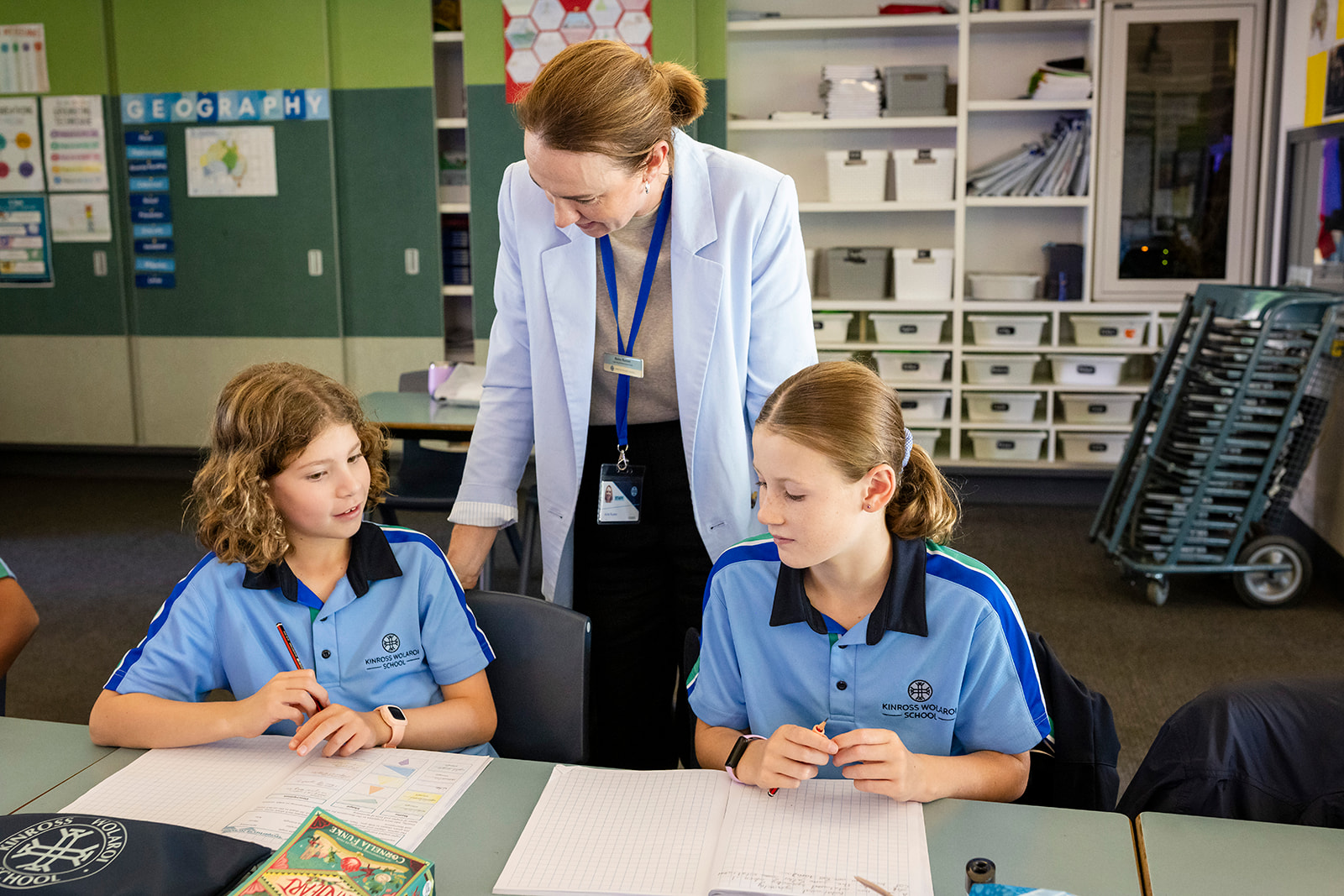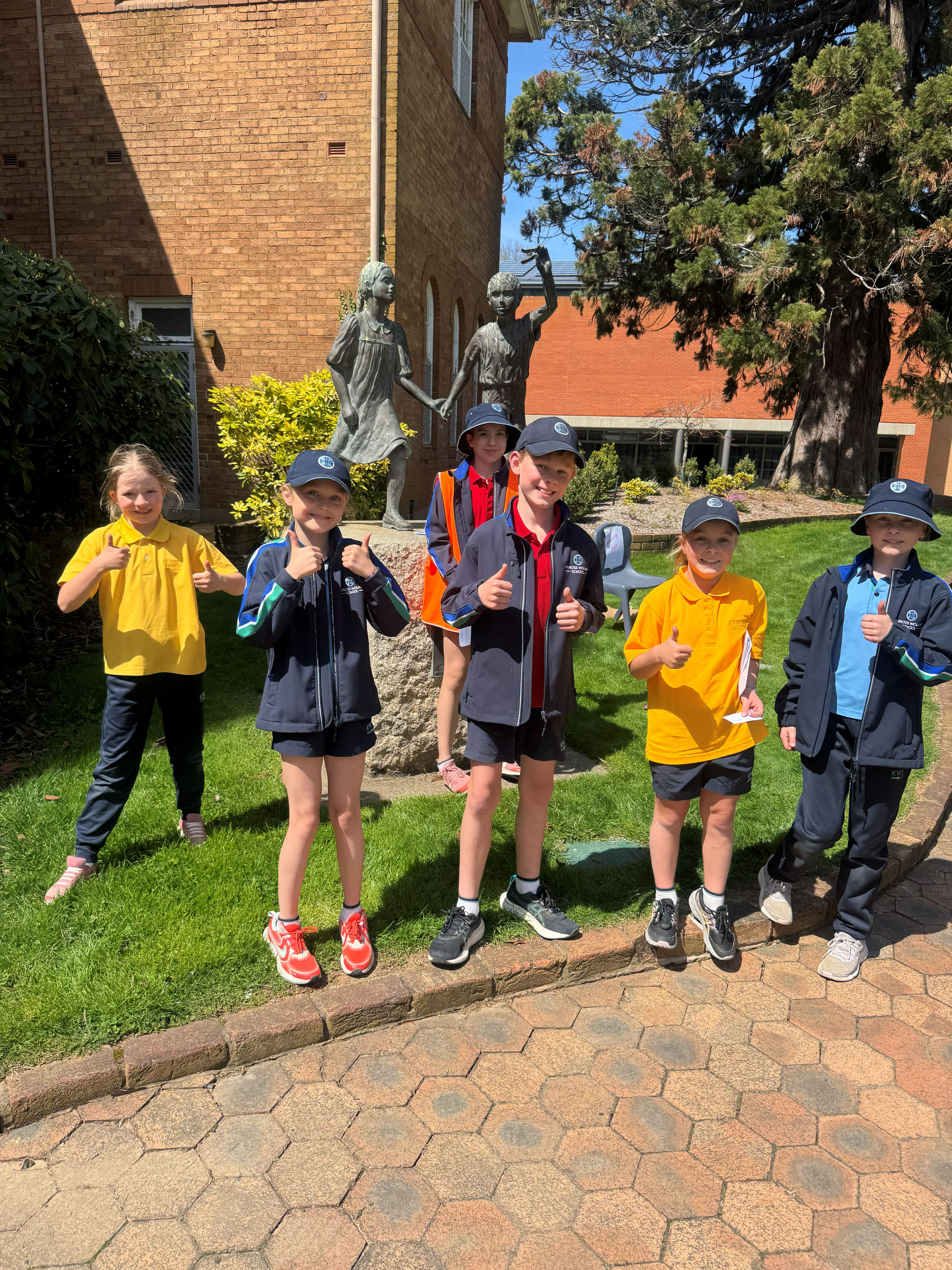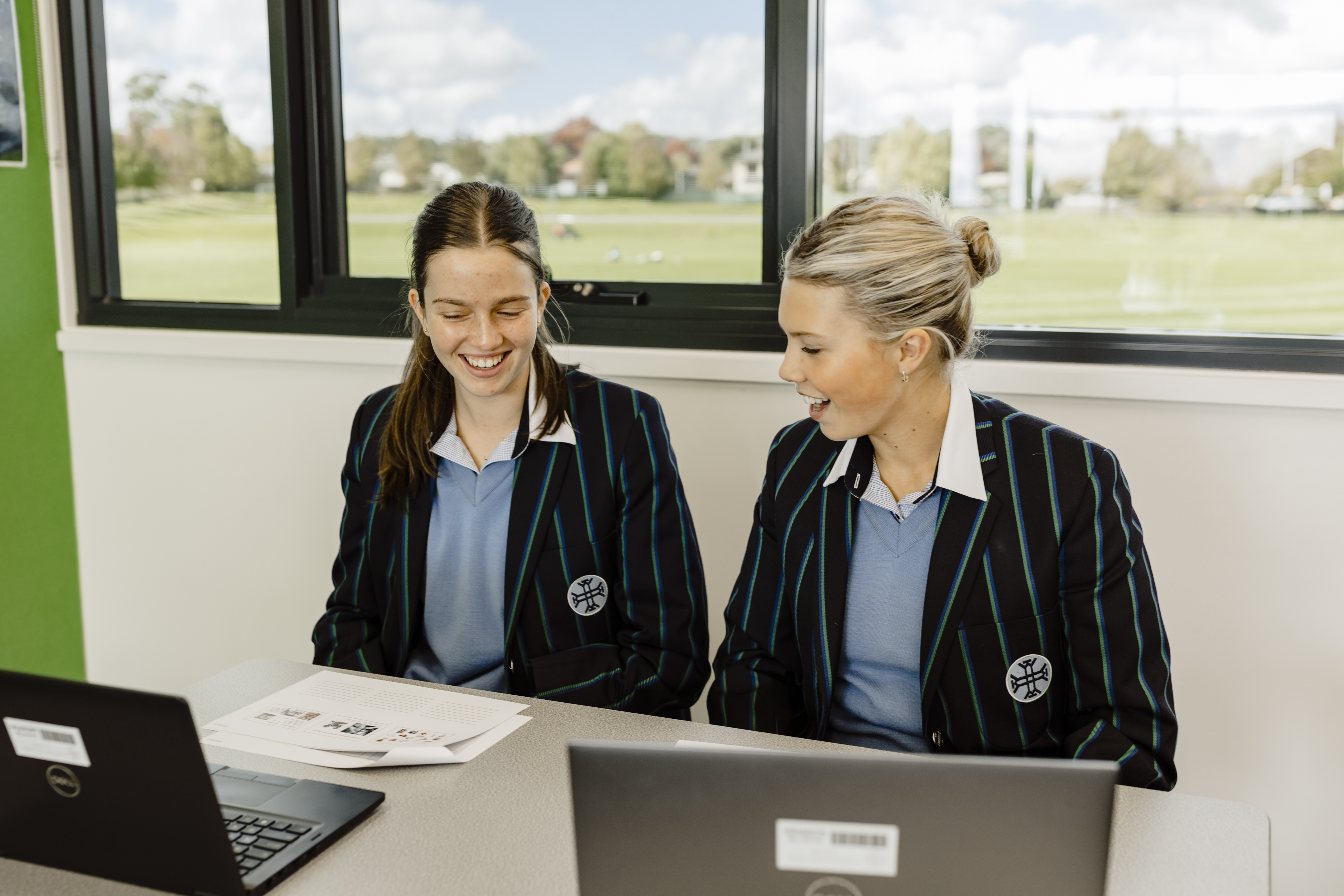
Foundations for Lifelong Learning
Register
July 29, 2025 • 4 min read
Nurturing Academic Growth in the Junior School
By Amanda Dodson, Deputy Head of Junior School – Learning and Teaching
At Kinross Wolaroi School, academic excellence begins in the Junior School, where a strong foundation is built through care, curiosity and high-quality teaching. Amanda Dodson, Deputy Head of Junior School – Learning and Teaching, shares how our dedicated staff foster a love of learning and helpevery student reach their potential.

Q: How does Kinross Wolaroi School nurture academic growth in the Junior School?
At Kinross Wolaroi School, academic growth begins with relationships. Our teachers genuinely care about their students and are passionate about what they do. They build strong connections quickly, which helps students feel safe, confident and engaged in their learning. We also place a strong emphasis on best-practice professional development, ensuring our teachers feel supportedand equipped to deliver the high standard of teaching we are known for.
Q: How do you support students with different learning needs and strengths?
I work closely with our teaching staff to regularly monitor student progress. This means we can identify where each child is at in their learning and ensure no one is left behind—or flying under the radar. We have an exceptional Learning Enhancement team who provide support and extension through evidence-based programs in literacy and numeracy, and enrichment experiences such as the Da Vinci Decathlon, Maths Olympiad and Classical Mythology. Every child is given opportunities to grow and thrive at their own level.
Q: Can you share an example of an engaging learning experience in the Junior School?
We’ve placed a lot of focus on supporting key transitions—particularly into Kindergarten and from Year 6 into Year 7. One example is our eight-week transition program for Pre-K students, which gives them the chance to work with Kindergarten teachers, explore the playground, and become familiar with routines before they officially begin school. For our Year 6 students, we’ve built strong connections with our Senior School. They take part in weekly science and music lessons with specialist teachers in our high school facilities. This not only sparks interest but helps them develop important skills in written expression, organisation and homework in preparation for the next step.

Q: How do you work with teachers to enhance learning in the classroom?
I meet with our teachers regularly for collaborative planning and professional learning. We use student data to inform our next steps, set measurable goals and provide constructive feedback. This ensures a cycle of continuous improvement and growth for every student.
We also encourage learning beyond the classroom walls. Our staff create experiential learning opportunities that connect students with the world around them—whether it’s visiting a local museum, exploring a national park, or stepping back in time at a historic site. These real-world experiences help to deepen understanding and make learning more meaningful.
Q: What excites you most about the academic opportunitiesin the Junior School?
The breadth of opportunity is incredible. From Pre-K through to Year 6, our students are taught by specialist teachers in areas like music, art, digital technology, library, PE—and even swimming, which takes place during the schoolday. Beyond the curriculum, many of our staff volunteer their time to run co-curricular activities and passion projects such as craft, fitness and veggie gardening. There’s a real buzz around learning and a genuine commitment to helping every child find what they love and build on their strengths.



